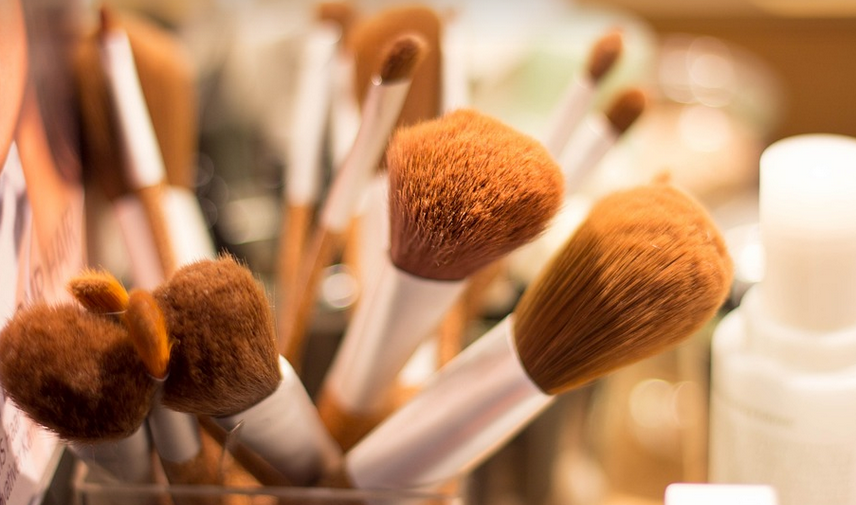Understanding the Role of Protective Gear
Safety is paramount when it comes to training, particularly in contact sports like boxing and MMA. Box gloves and pads are the cornerstones of safe practice and performance.
Gloves provide crucial protection for your hands from impacts—a critical element, especially in high-intensity training sessions. They shield against punches and blows, minimizing the risk of injuries. These protective tools are not just about preventing pain; they’re about facilitating a smooth learning process for beginners and seasoned fighters alike.
Beyond gloves, pads are equally essential to maximize training efficiency. These versatile pieces of equipment help you practice strikes with accuracy and build specific skills without risking your own safety or that of your training partners.
Training with proper padding is about more than just absorbing impacts; it’s about understanding the mechanics of each technique.
For instance, when practicing punches, pads allow you to target your opponent’s body and build your punching power. They can simulate actual sparring scenarios, giving you a realistic feel for how your punches will land in a fight.
And just like we wouldn’t try to train without shoes, we shouldn’t neglect the importance of protective gear when it comes to training. Padding is crucial, especially for learning new techniques or perfecting existing ones.
Gloves and pads are a sign of responsible training and a commitment to personal safety, contributing to a positive environment where everyone can learn and grow.
The world of boxing gloves and pads offers a wide array of choices, each tailored to specific needs. From beginner-friendly options to professional-grade gear, brands offer a huge variety for every fighter’s budget and skill level.
Let’s delve deeper into the world of these essential training tools.
Box Gloves: The Heart of Your Training
Gloves are perhaps one of the most noticeable pieces of protective gear, and their impact is undeniable. Their primary function, of course, is to protect your hands during training. But good gloves go beyond simply safeguarding against blows.
When choosing boxing gloves, consider factors like weight, size, and fit.
Choosing the right-sized gloves for your hand is crucial because it not only allows for proper grip but also prevents discomfort or even injury. The gloves should feel comfortable on your wrists without being overly tight, enabling a full range of motion during punches and practice exercises.
For beginners, heavier gloves can offer enhanced protection to develop power and technique first before moving towards lighter weight training.
Choosing the right boxing gloves for you depends on your specific goals: beginner or advanced?
As you progress in boxing training, you may want to consider a switch to lighter gloves for heightened speed and accuracy.
Pads: Your Training Companions
Beyond their protective role, pads play a crucial part in honing your skills and preparing for real fight scenarios.
Boxing pads are typically used to practice punches against targets, helping you develop power and accuracy. They come in various types, including heavy bags for general sparring, speed bags for developing speed and agility, and mitts for technical training and drills.
When using pads for training, focus on proper technique and form. This will ensure that your punches are executed with precision, maximizing the effectiveness of your training while minimizing the risk of injury to you or your training partner.
Training sessions should be a mix of practice and skill development. This involves learning how to land punches with accuracy, and pads provide an excellent tool for this purpose.
Choosing the Right Gloves and Pads: Making Informed Decisions
Selecting the right gloves and pads can significantly impact your training experience and overall progress. Here are some key factors to consider:
**1. Weight:** Beginners may prefer heavier gloves, allowing for a more controlled and safer start. As you develop strength and power, lighter gloves offer greater speed and agility.
**2. Size:** Don’t overlook the importance of fit! Gloves that are too big or too small restrict movement and comfort. Ensure they fit snugly but not too tight, allowing for full range of motion.
**3. Material:** Understanding the different materials used in gloves can aid your decision-making process. Leather is a popular choice for durability and feel, while synthetic materials offer lighter weight and cost-effectiveness
**4. Padding:** When choosing pads, prioritize durable padding that offers adequate protection. The type of pad and its level of padding can influence the intensity of training.
**5. Purpose:** Different pads serve specific needs. Speed bags develop speed and footwork agility, heavy bags enhance power and technique development.
**6. Brand:** Reputable brands offer a wide range of gloves and pads that meet industry standards for safety and performance. Read reviews and compare brands before making your final choice.
Training Safely: Gloves and Pads in the Spotlight
Gloves and pads are not just about combat sports; they’re about responsible training, safeguarding against injuries, and maximizing learning efficiency. Here are some tips for safe and effective use of these essential gear:
**1. Proper Fit:** Ensure gloves fit snugly but comfortably, allowing full range of motion. Proper pad placement is crucial for effective training.
**2. Gradual Progression:** Beginners should start with lighter-weight equipment before transitioning to heavier options as their strength increases.
**3. Safe Technique:** Always prioritize technique over brute force when using gloves and pads. Focus on controlled movements, avoiding unnecessary aggression or forceful strikes.
**4. Safety First:** If you have any pre-existing injuries or concerns, consult with your doctor before engaging in intense training.
**5. Regular Maintenance:** Cleaning and maintaining your gloves and pads ensures longevity, offering optimal performance over time.
